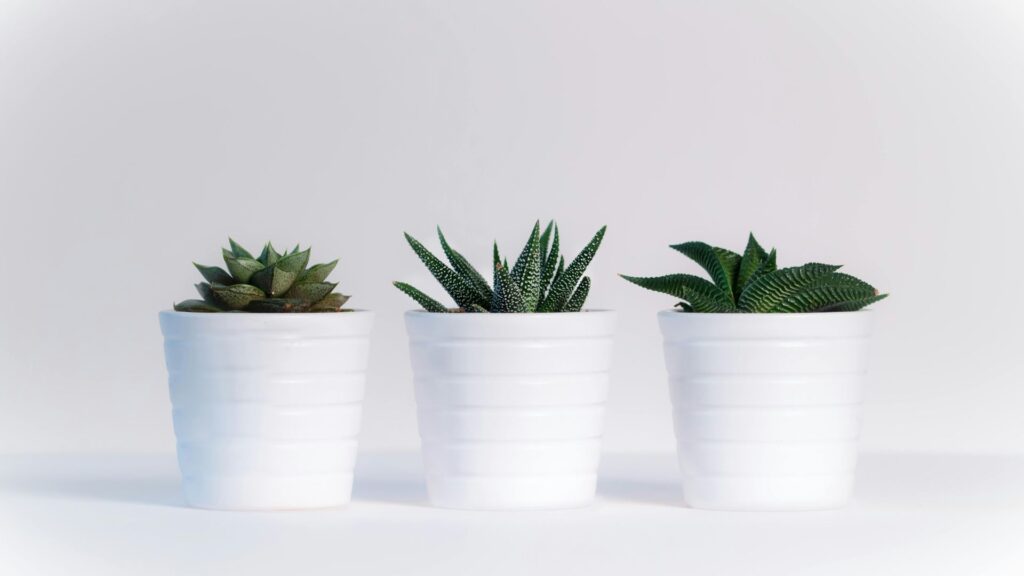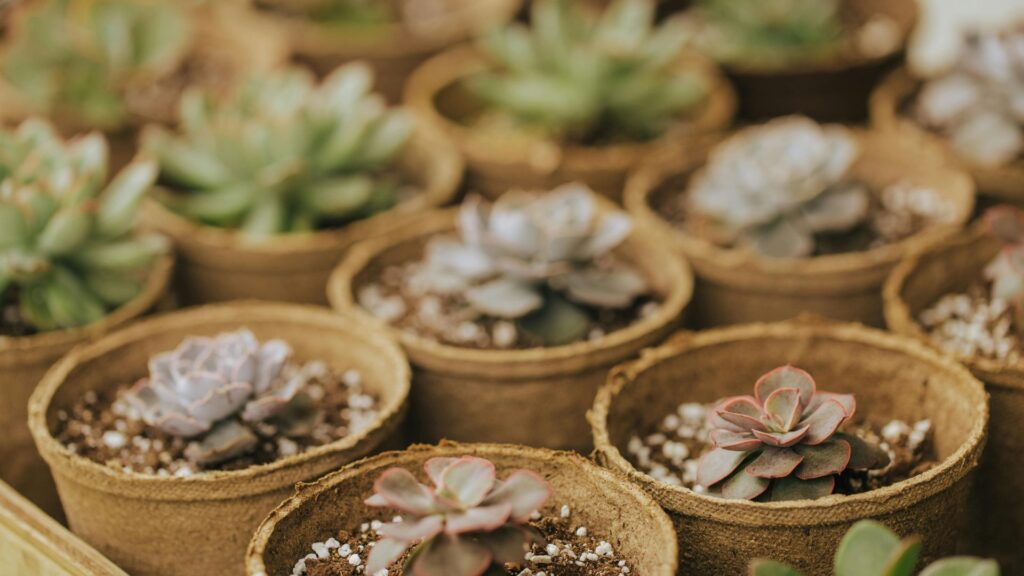Indoor plants not only beautify our home and give it an aesthetic look but also purify the air and help us breathe properly.
But for those with low-light homes, finding plants could be a bit hard. But worry not. Here are 11 great low-light air-purifying indoor plants.
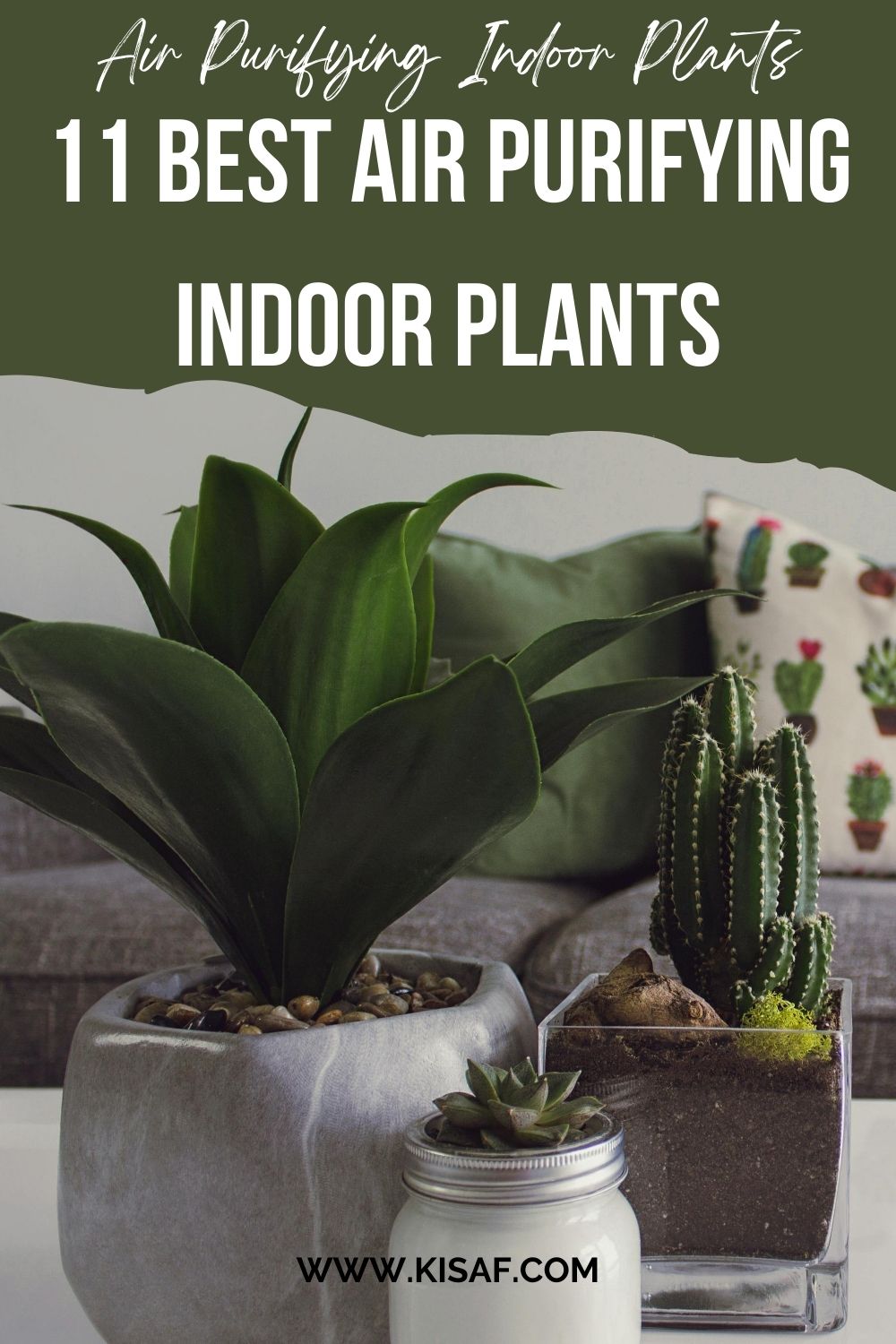
Top 11 Low-Light Air-Purifying Indoor Plants
These are my 11 top picks for low-light air-purifying indoor plants; if you have any suggestions, make sure to drop them in the comments.
So, without any further ado, let’s get started:
1. Snake Plant (Sansevieria trifasciata)

Snake plants are able to withstand hard environments. They can thrive in low light and require minimal watering.
These plants filter out toxins like formaldehyde and benzene. Plus, their sword-like leaves add a nice visual interest to the room
- Light: Low to bright, indirect light
- Water: Infrequent; allow soil to dry completely
- Benefits: Removes formaldehyde and benzene
2. Spider Plant (Chlorophytum comosum)
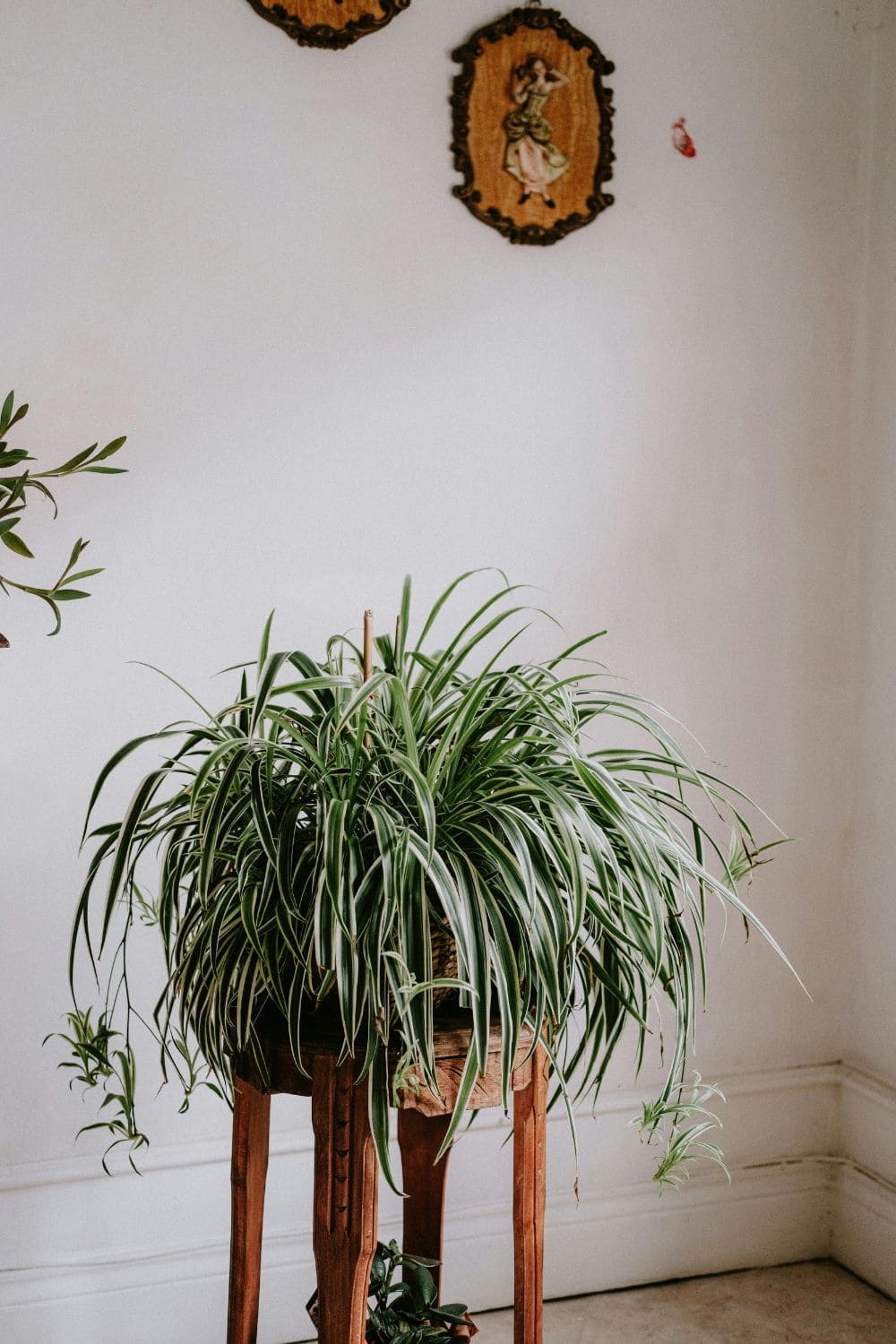
Spider plants are perfect for beginners; they do adapt well to all light conditions, including low light.
They are also excellent at removing carbon monoxide, formaldehyde, and xylene from the air. They also produce “spiderettes,” or baby plants, which propagate easily.
- Light: Low to bright, indirect light
- Water: Moderate; keep soil slightly moist
- Benefits: Removes carbon monoxide, formaldehyde, and xylene
Amazon Product Recommendation
If you're planning to do indoor gardening then you must a nice concrete pot, so here is one for you.
Disclaimer: Commissions are earned if you make a purchase through these links at no extra cost to you.
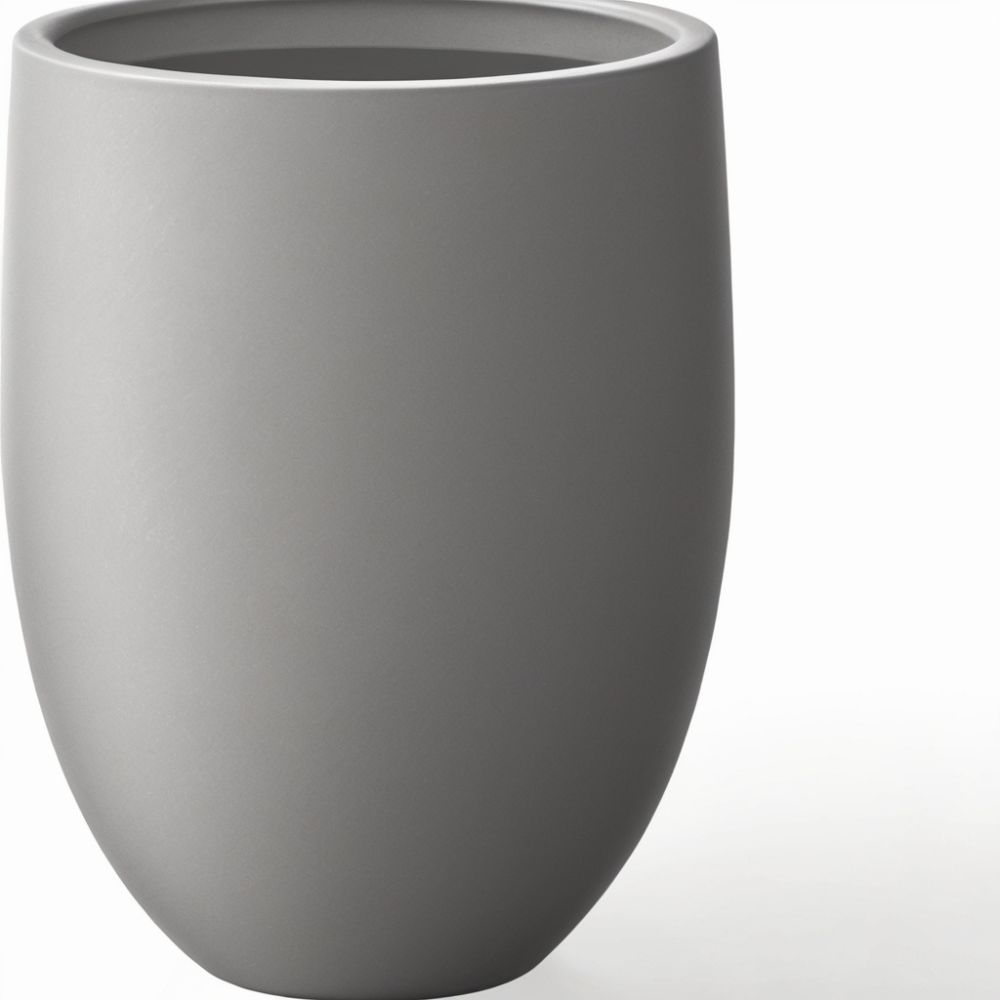
3. Peace Lily (Spathiphyllum)
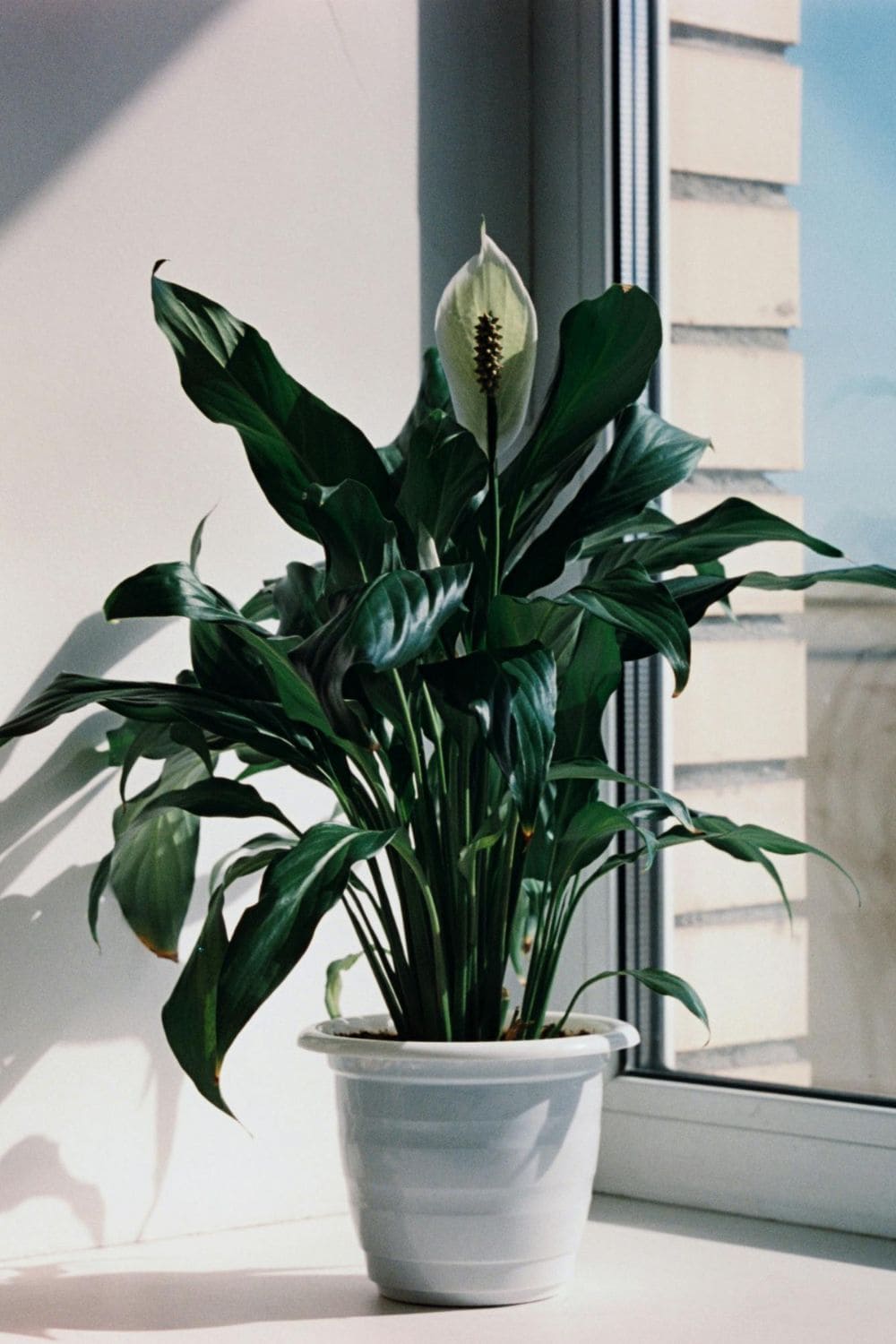
Peace lilies, as the name suggests, have beautiful white flowers. They flourish in low to medium light and need weekly watering.
These plants are powerful air purifiers, removing ammonia, benzene, formaldehyde, and trichloroethylene.
- Light: Low to medium, indirect light
- Water: Weekly; keep soil moist but not soggy
- Benefits: Removes ammonia, benzene, formaldehyde, and trichloroethylene
4. ZZ Plant (Zamioculcas zamiifolia)
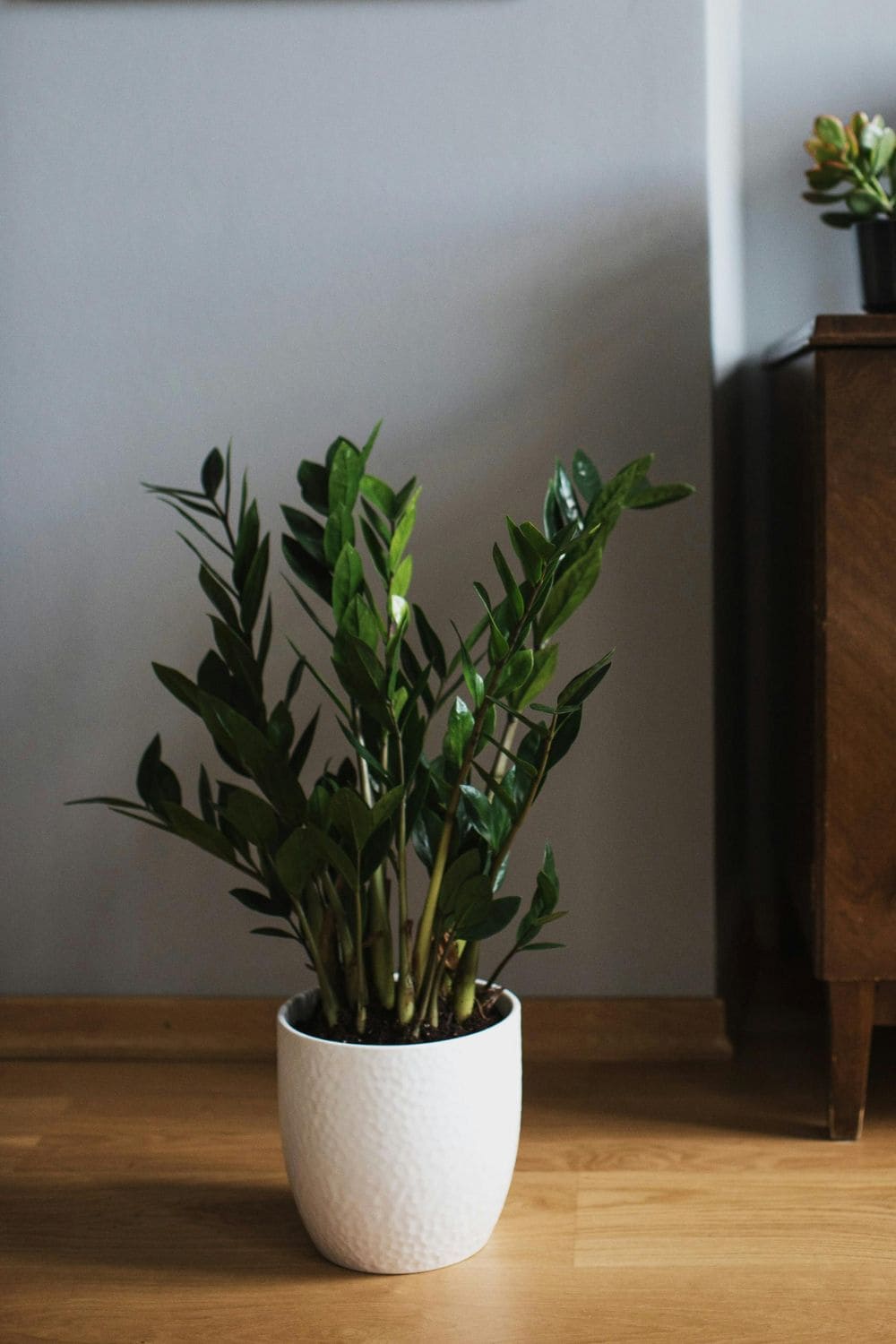
ZZ plants are quite strong. They can withstand low light, drought, and neglect; they improve indoor air quality by removing bad gases such as xylene, toluene, and benzene.
Their waxy, dark green leaves are attractive and require little maintenance.
- Light: Low to bright, indirect light
- Water: Infrequent; allow soil to dry completely
- Benefits: Removes xylene, toluene, and benzene
5. Pothos (Epipremnum aureum)

Pothos plants, also known as “money plants,” are versatile and hardy. They thrive in low light and can grow in water or soil.
Pothos easily remove indoor pollutants like formaldehyde, benzene, and xylene. They are known for their vines, which, in my opinion, look beautiful.
- Light: Low to bright, indirect light
- Water: Moderate; allow soil to dry out between waterings
- Benefits: Removes formaldehyde, benzene, and xylene
6. English Ivy (Hedera helix)
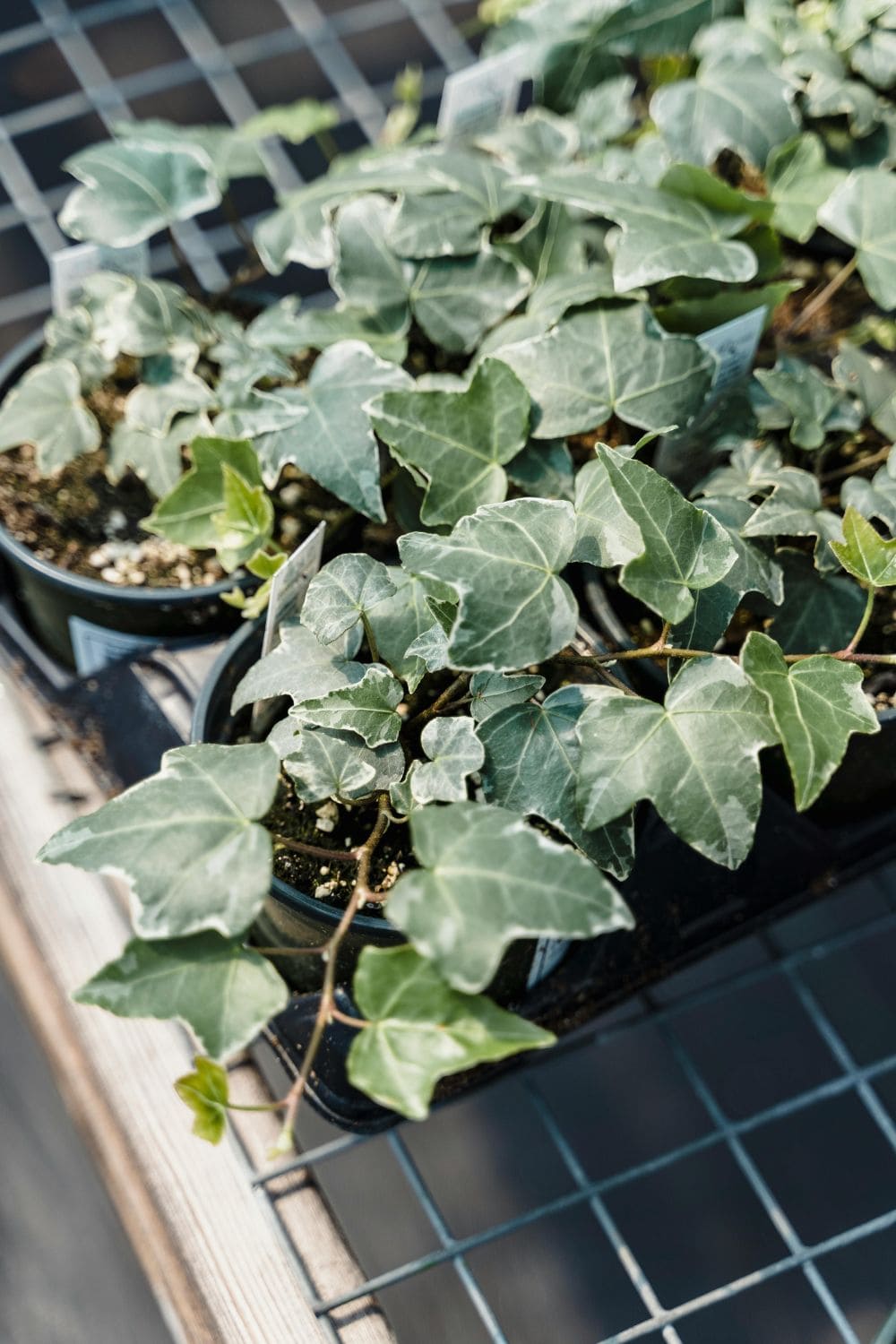
English ivy is a classic indoor plant. It grows well in low light and helps reduce mold in the home. This plant filters out airborne fecal matter particles, formaldehyde, and benzene.
Ivy grows on vines, so it is perfect for hanging baskets or shelves.
- Light: Low to bright, indirect light
- Water: Moderate; keep soil slightly moist
- Benefits: Removes airborne fecal matter particles, formaldehyde, and benzene
7. Parlor Palm (Chamaedorea elegans)
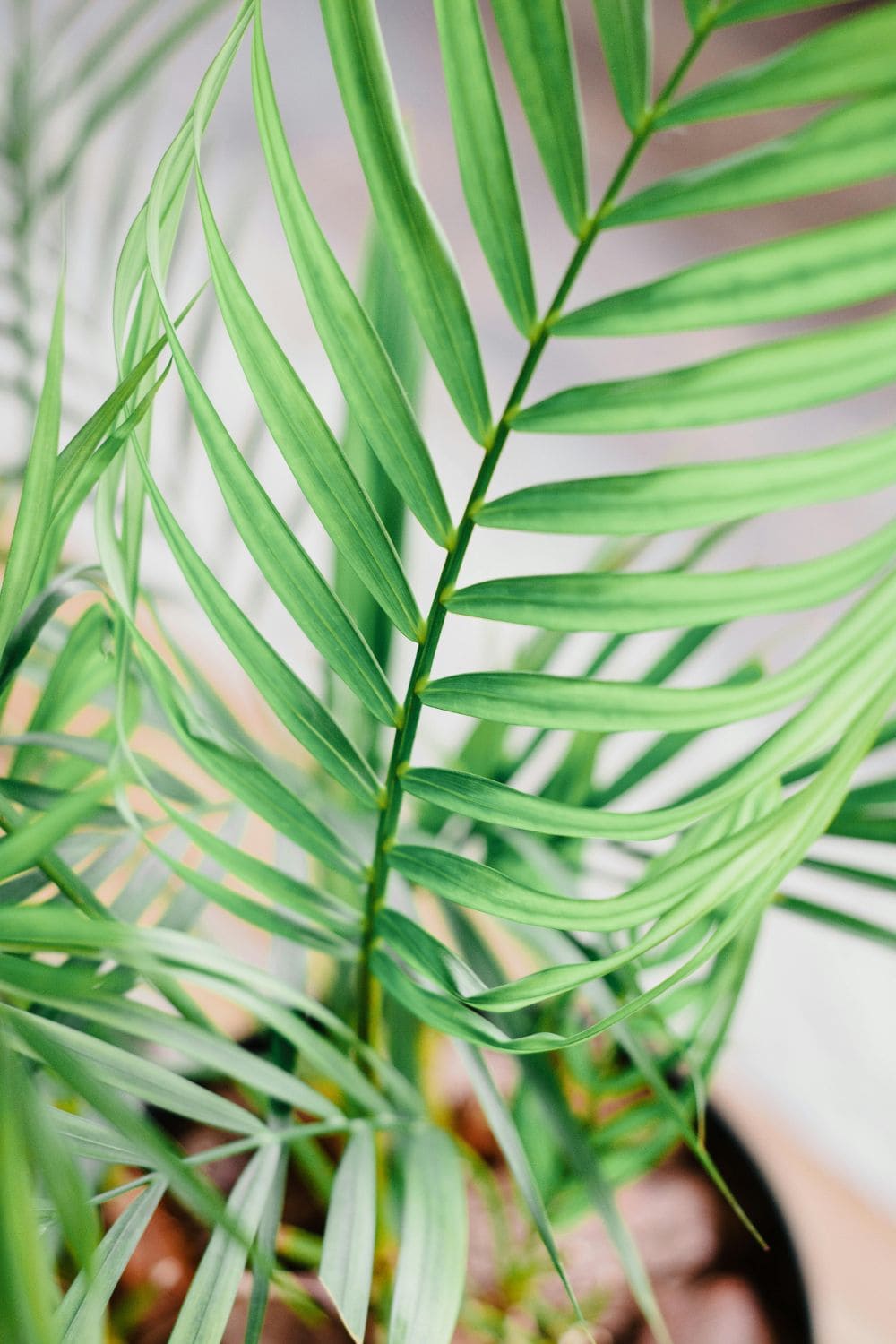
Parlor palms are elegant and easy to care for. They prefer low to moderate light and moist soil.
These palms improve indoor air quality by removing pollutants like formaldehyde and benzene. I like their feather leaves, which make my room shine.
- Light: Low to moderate, indirect light
- Water: Moderate; keep soil evenly moist
- Benefits: Removes formaldehyde and benzene
8. Dracaena
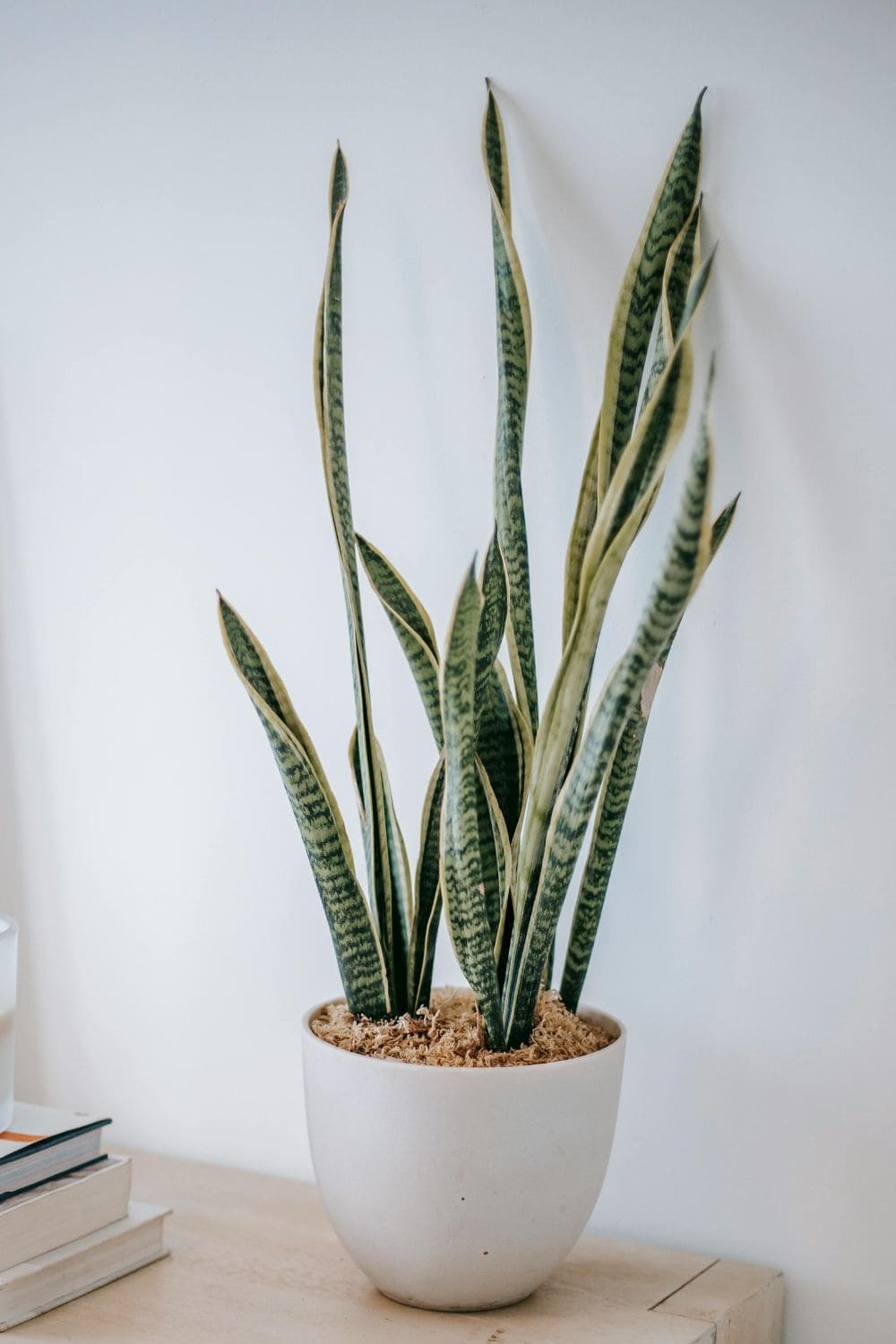
Dracaena plants come in different variations and can grow in low-light conditions. Dracaenas are best at removing pollutants like formaldehyde, benzene, trichloroethylene, and xylene.
Their unique leaf shapes and colors not only add texture but also colors to your room.
- Light: Low to bright, indirect light
- Water: Moderate; allow top inch of soil to dry out between waterings
- Benefits: Removes formaldehyde, benzene, trichloroethylene, and xylene
9. Chinese Evergreen (Aglaonema)
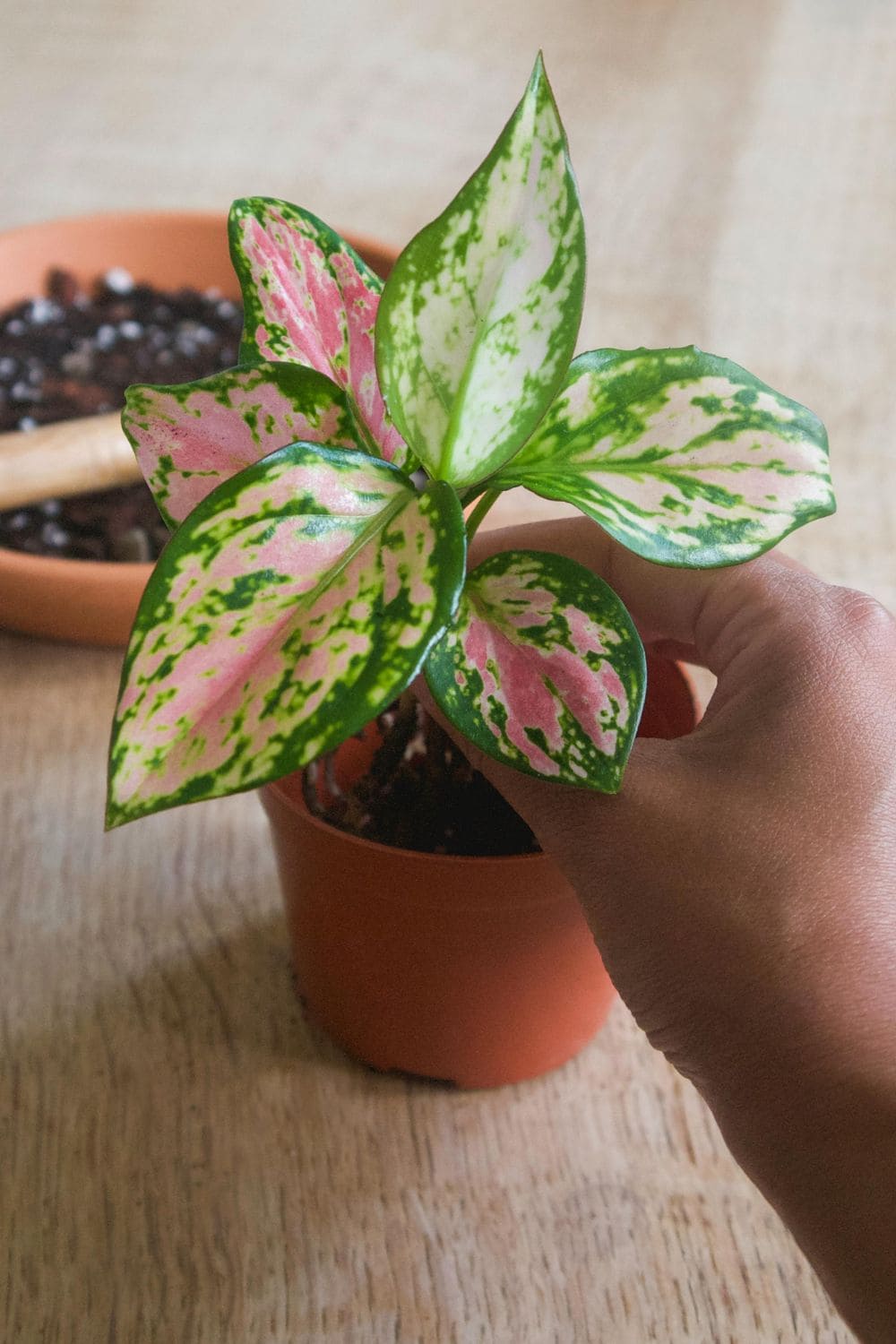
Chinese evergreens are durable and attractive. They can grow in low light and like humid conditions.
These plants are also great for removing toxins such as benzene, formaldehyde, and trichloroethylene, and their unique color makes them stand out.
- Light: Low to medium, indirect light
- Water: Moderate; allow soil to dry out between waterings
- Benefits: Removes benzene, formaldehyde, and trichloroethylene
10. Boston Fern (Nephrolepis exaltata)
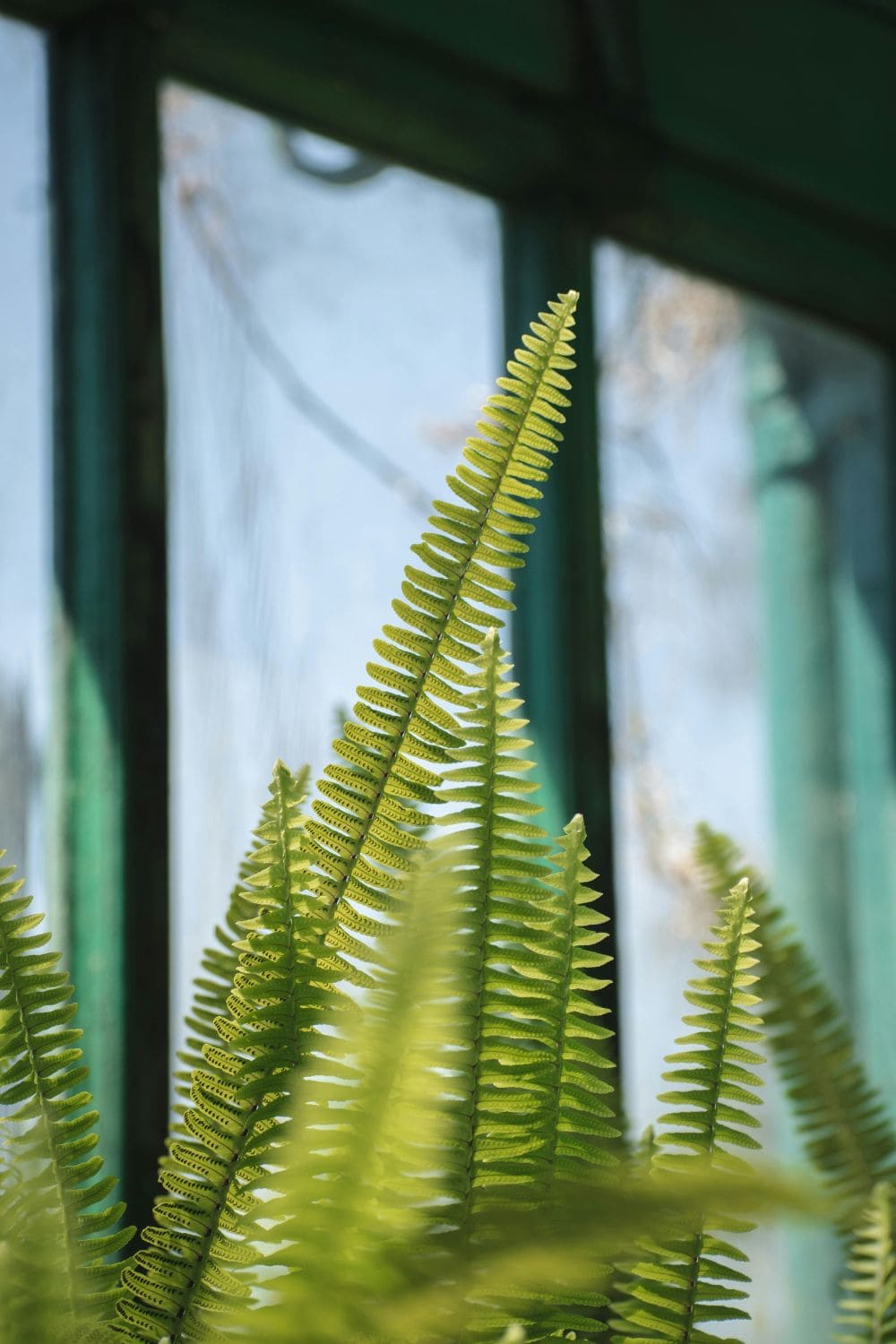
Boston ferns love humidity and indirect light. They are excellent air purifiers, particularly effective at removing formaldehyde.
These ferns also help to maintain indoor humidity levels. Their nice, green fronds can create a soothing atmosphere.
- Light: Low to medium, indirect light
- Water: High; keep soil consistently moist
- Benefits: Removes formaldehyde
11. Cast Iron Plant (Aspidistra elatior)
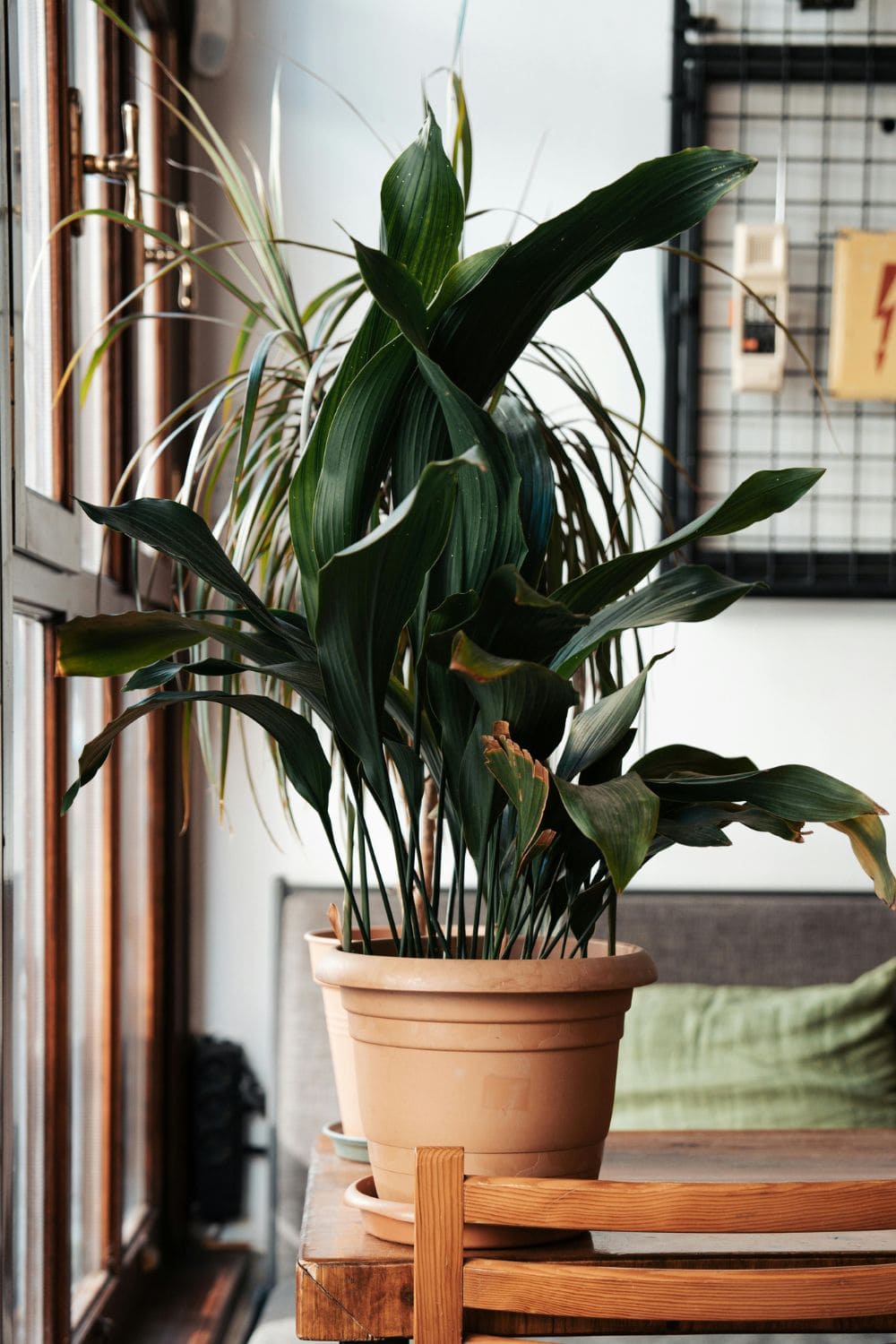
Cast iron plants are quite tough, as their name suggests. They can survive low light, poor soil, and irregular watering, which makes them perfect for busy people.
These plants help clean the air by filtering out pollutants like formaldehyde and benzene. Their broad, dark green leaves are low-maintenance.
- Light: Low to bright, indirect light
- Water: Infrequent; allow soil to dry out between waterings
- Benefits: Removes formaldehyde and benzene
Related: Low Maintenance Easy-Care Indoor Plants For Beginners
Tips for Maintaining Low-Light Plants
- Watering: Overwatering is a pretty common mistake, so ensure the soil is dry before watering.
- Cleaning Leaves: Dust can hinder a plant’s ability to photosynthesize, so wipe leaves with a damp cloth regularly.
- Fertilizing: Use a balanced, water-soluble fertilizer every few months to promote growth.
- Pest Control: Check for pests like spider mites and aphids. Treat with natural insecticides like Indian lilac if needed.
- Repotting: Repot your plants when they outgrow their containers. This usually happens every 1–2 years.
Conclusion
Low-light, air-purifying plants are perfect for any kind of home in my opinion. They enhance air quality and add natural beauty to your living space.
Whether you like plants or not, you should keep grow low-light air-purifying indoor plants for clean air, and if you still have any problem, lemme know in the comments.

